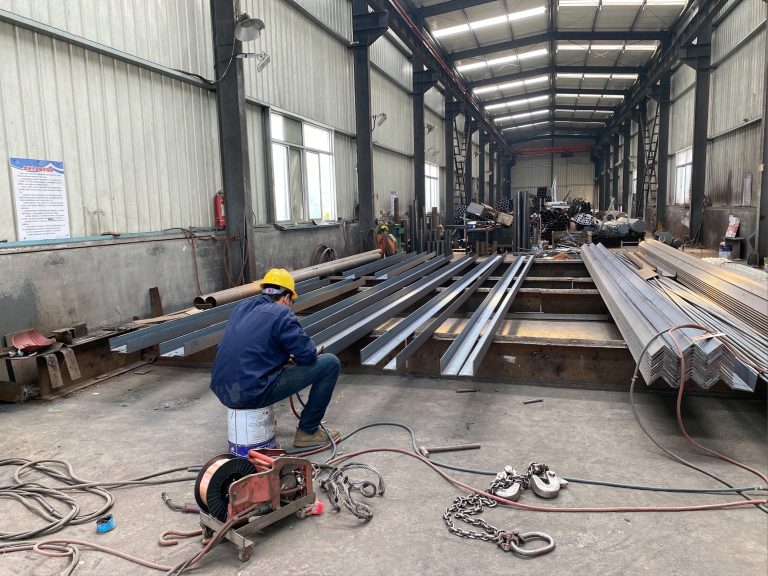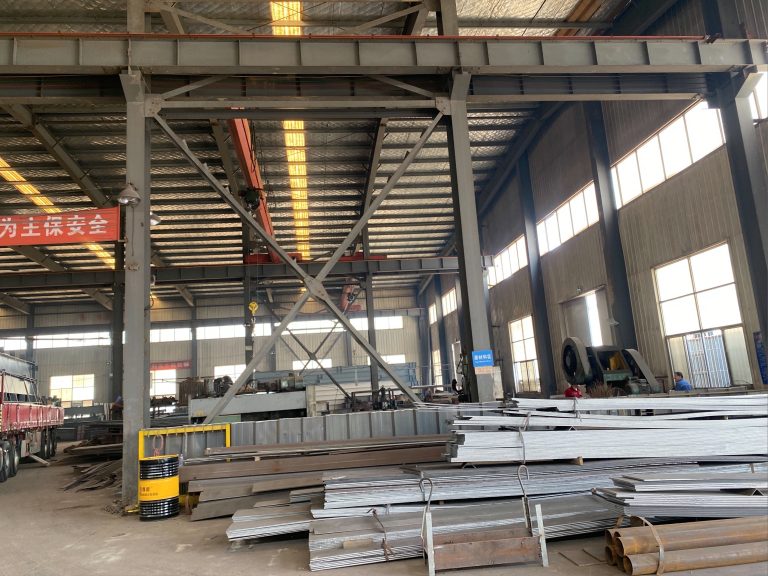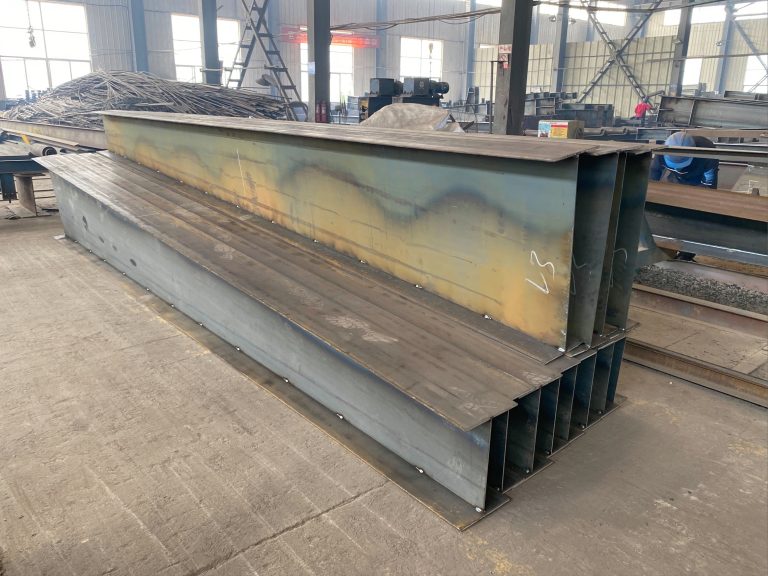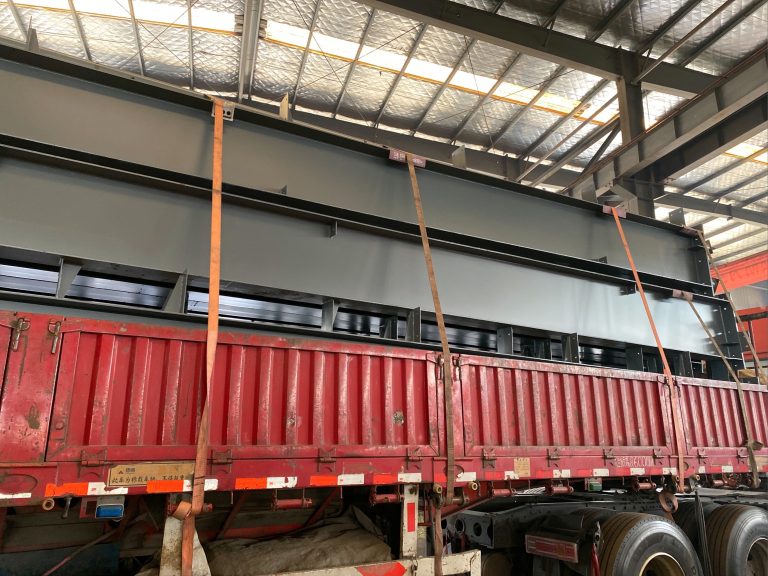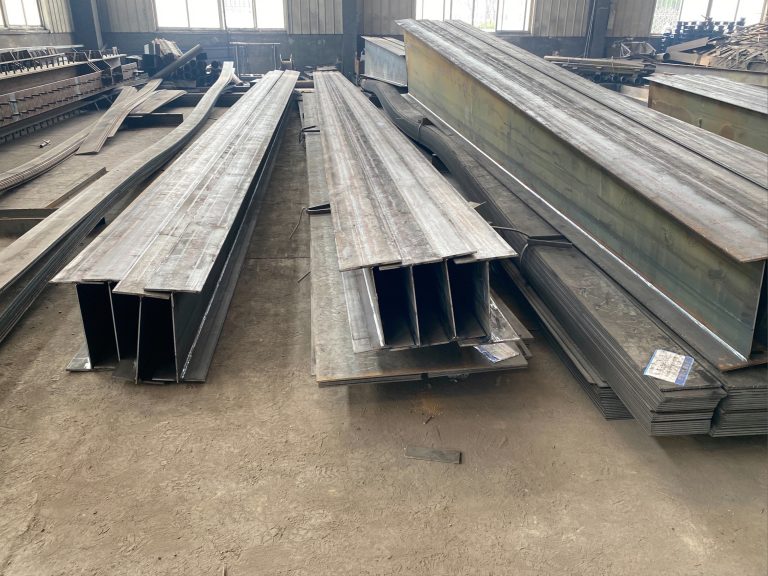Technical performance optimization and cost-benefit analysis of solar photovoltaic panels applied to aircraft hangars
Technical Performance Optimization of Solar Photovoltaic Panels on Aircraft Hangars
Solar photovoltaic panels have become increasingly popular in recent years as a sustainable and cost-effective way to generate electricity. When applied to aircraft hangars, these panels can provide numerous benefits, including reducing energy costs, lowering carbon emissions, and increasing energy independence. However, in order to maximize the efficiency and effectiveness of solar panels on aircraft hangars, it is essential to optimize their technical performance and conduct a thorough cost-benefit analysis.
One of the key factors in optimizing the technical performance of solar photovoltaic panels on aircraft hangars is ensuring that they are installed in the most efficient manner possible. This includes selecting the right type of panels for the specific location and climate, as well as positioning them at the optimal angle and orientation to maximize sunlight exposure. Additionally, regular maintenance and cleaning of the panels are essential to ensure that they continue to operate at peak efficiency.
Another important aspect of optimizing the technical performance of solar panels on aircraft hangars is monitoring their performance and output on a regular basis. This can help identify any issues or inefficiencies early on, allowing for prompt maintenance or repairs to be carried out. By keeping a close eye on the performance of the panels, hangar operators can ensure that they are getting the most out of their investment in solar energy.
In addition to optimizing the technical performance of solar panels on aircraft hangars, it is also important to conduct a thorough cost-benefit analysis to determine the overall financial viability of the installation. This analysis should take into account the initial cost of purchasing and installing the panels, as well as ongoing maintenance and operational costs. It should also consider the potential savings on energy bills, as well as any incentives or rebates that may be available for using solar energy.
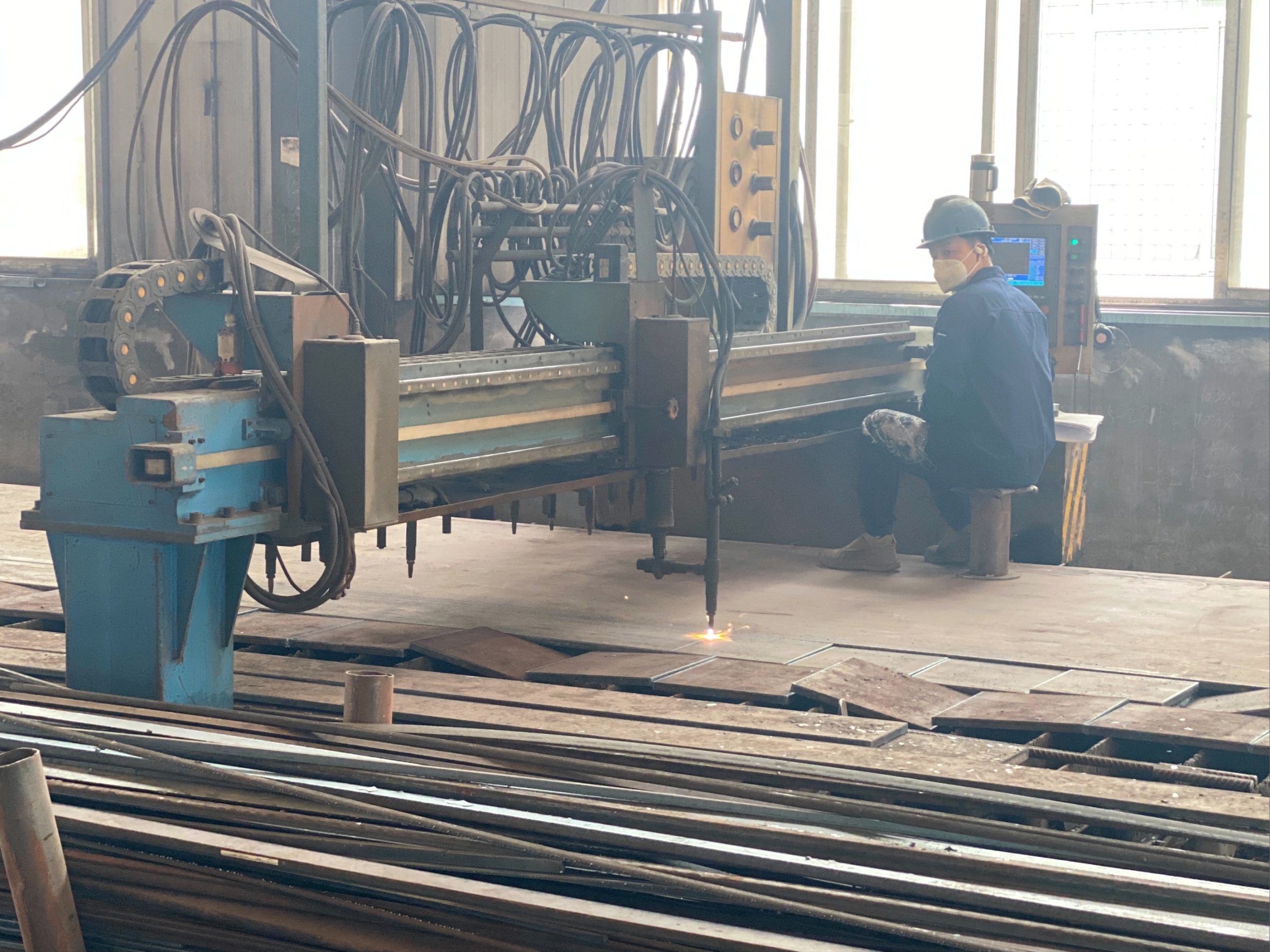
When conducting a cost-benefit analysis, it is important to consider the long-term benefits of installing solar panels on aircraft hangars. While the initial investment may be significant, the savings on energy costs over time can more than offset this expense. Additionally, using solar energy can help reduce the hangar’s carbon footprint and demonstrate a commitment to sustainability, which can have positive effects on the hangar’s reputation and bottom line.
Overall, optimizing the technical performance of solar photovoltaic panels on aircraft hangars and conducting a thorough cost-benefit analysis are essential steps in maximizing the benefits of solar energy. By carefully considering the technical and financial aspects of installing solar panels, hangar operators can ensure that they are making a smart investment that will pay off in the long run. With the right approach, solar panels can provide a sustainable and cost-effective source of energy for aircraft hangars, helping to reduce costs, lower emissions, and increase energy independence.


